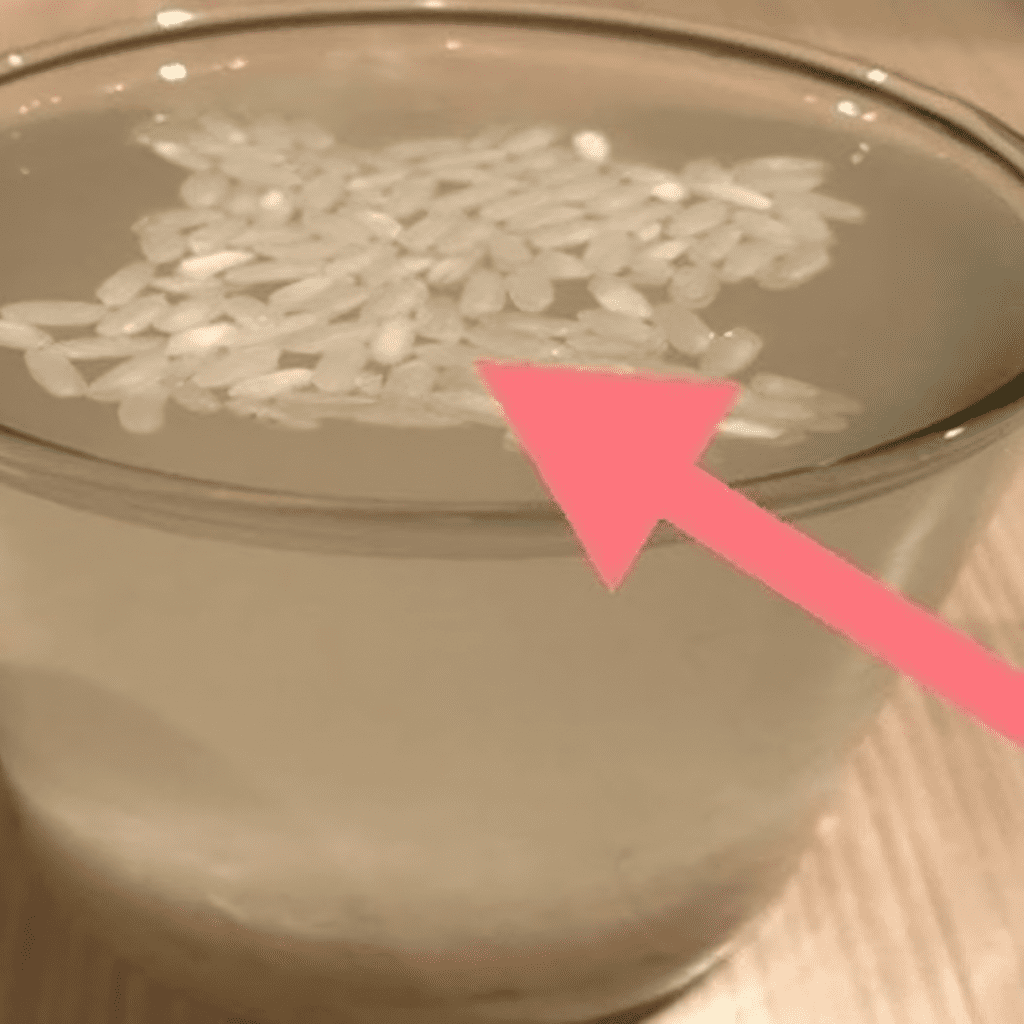In recent years, concerns about the presence of plastic rice on the market have been on the rise. Although these rumors may be largely unverified, they have understandably caused anxiety among consumers. Ensuring the safety and quality of your meals by being able to distinguish real rice from potentially adulterated products is crucial, especially in these uncertain times.
Plastic rice is said to be made from synthetic materials, imitating the appearance of real rice. It is supposedly manufactured for profit, bypassing food safety regulations.

Although confirmed cases are rare, being informed about how to test rice at home is a proactive step towards safeguarding your health.
The Water Test: Drop a tablespoon of your rice into a glass of water and stir it. Genuine rice grains will sink to the bottom, whereas plastic grains are likely to float due to their lighter density. This simple test can help you identify any suspicious rice before cooking.
The Fire Test: Take a few grains of rice and hold them over a flame with a pair of tongs. Real rice will char and burn, emitting a toasted scent. In contrast, plastic rice will melt and possibly emit a plastic smell. This test can be a quick way to check for the presence of synthetic materials.
The Mortar and Pestle Test: Crush a few grains with a mortar and pestle. Real rice should powder easily and feel gritty. On the other hand, plastic grains will not break down as easily and may have a more elastic texture. This physical test helps you feel the difference between real and fake rice.
The Boil Test: Boil a small sample of rice and keep an eye on the water. If you notice a thick layer of unusual residue, it might be indicative of impurities. Real rice will have some starch that floats to the top, but it shouldn’t leave behind a significant residue. This test can highlight any additives or fillers present in the rice.
The Mold Test: Cook some rice and let it sit in a warm place for two or three days. If it’s real rice, it will mold. However, due to its inorganic nature, plastic rice will remain clear of mold. This longer-term test can definitively show whether your rice is organic or synthetic.
Eating plastic poses serious health risks. In addition to protecting your health, ensuring the authenticity of rice guarantees that you’re consuming nutritionally beneficial grains. Regularly consuming adulterated food can lead to long-term health issues, making it crucial to verify your food’s authenticity.
To minimize risks, it’s advisable to buy rice from reputable sources such as trusted grocery stores or local markets. Familiar brands that adhere to food safety standards are less likely to sell adulterated products. Additionally, look for certifications and quality seals on packaging that indicate the rice has been tested for safety.
While the idea of widespread plastic rice may be more of a myth than reality, knowing how to confirm the authenticity of your rice provides peace of mind. Use these simple tests to ensure that your rice is safe to eat. Enjoy your meals without worry, knowing that you’ve made informed choices for your well-being.
By staying informed and cautious, you can ensure that the food you consume is safe and healthy. Being proactive about food safety helps protect not only your health but also that of your family. Always remember, a little vigilance goes a long way in maintaining a healthy diet.


